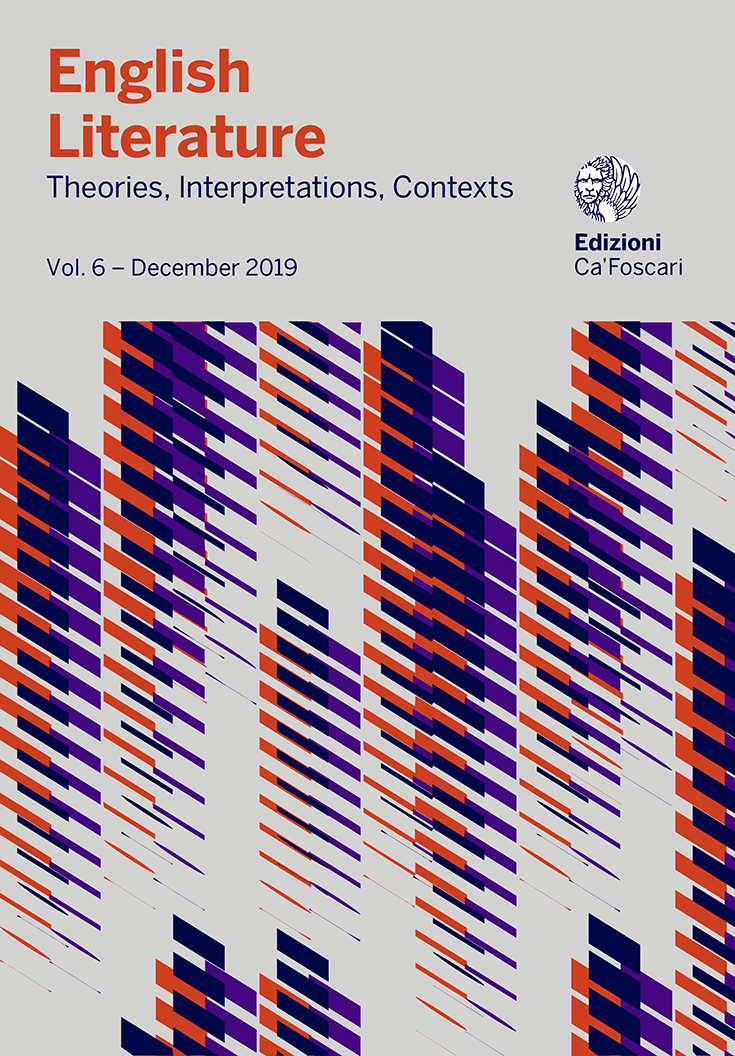
- search 359 views
- file_download 69 download
- keyboard_capslock metadata
-
mark_email_readIscriviti alla newsletter
The Kingdom Where Nobody Dies
Shirley’s Caroline Helstone and the Mimicry of Childhood Collaboration
abstract
This essay explores Charlotte Brontë’s 1849 novel Shirley as a literary endeavour to recreate the sibling dynamic of the Brontës’ childhoods, and the psychological effect of being the ‘surviving’ sibling of a formally collaborative unit. In their adolescent years, the Brontës famously forged fictional kingdoms together, known collectively as “The Glass Town Saga”. Throughout adulthood, each Brontë continuously returned to these stories, oftentimes due to nostalgia and occasionally for creative reinvention. However, by the summer of 1849, their familial collaboration was at an end. Charlotte was the last sibling standing, having lost all her co-authors in the space of nine months. In despair, as a form of catharsis, she turned to her writing and this essay will focus on how protagonist Caroline Helstone became an elegy for both Branwell and Anne Brontë. Mere weeks before Charlotte began volume 1 of Shirley, Branwell was determined to return to a heroine created in his childhood, also named “Caroline (1836)”. This juvenilia piece explores themes of waning sibling connections, death and heartbreak – issues which tormented Branwell and Charlotte throughout his prolonged final illness. Yet Caroline Helstone’s ethereal femininity and infantilization mirrors Anne Brontë’s reputation as the ‘obedient’ sibling, as well as the views expressed in her semi-autobiographical novels Agnes Grey (1847) and The Tenant of Wildfell Hall (1848).
Keywords: Elegy • Familial collaboration • Mimicry • Charlotte Brontë • Juvenilia